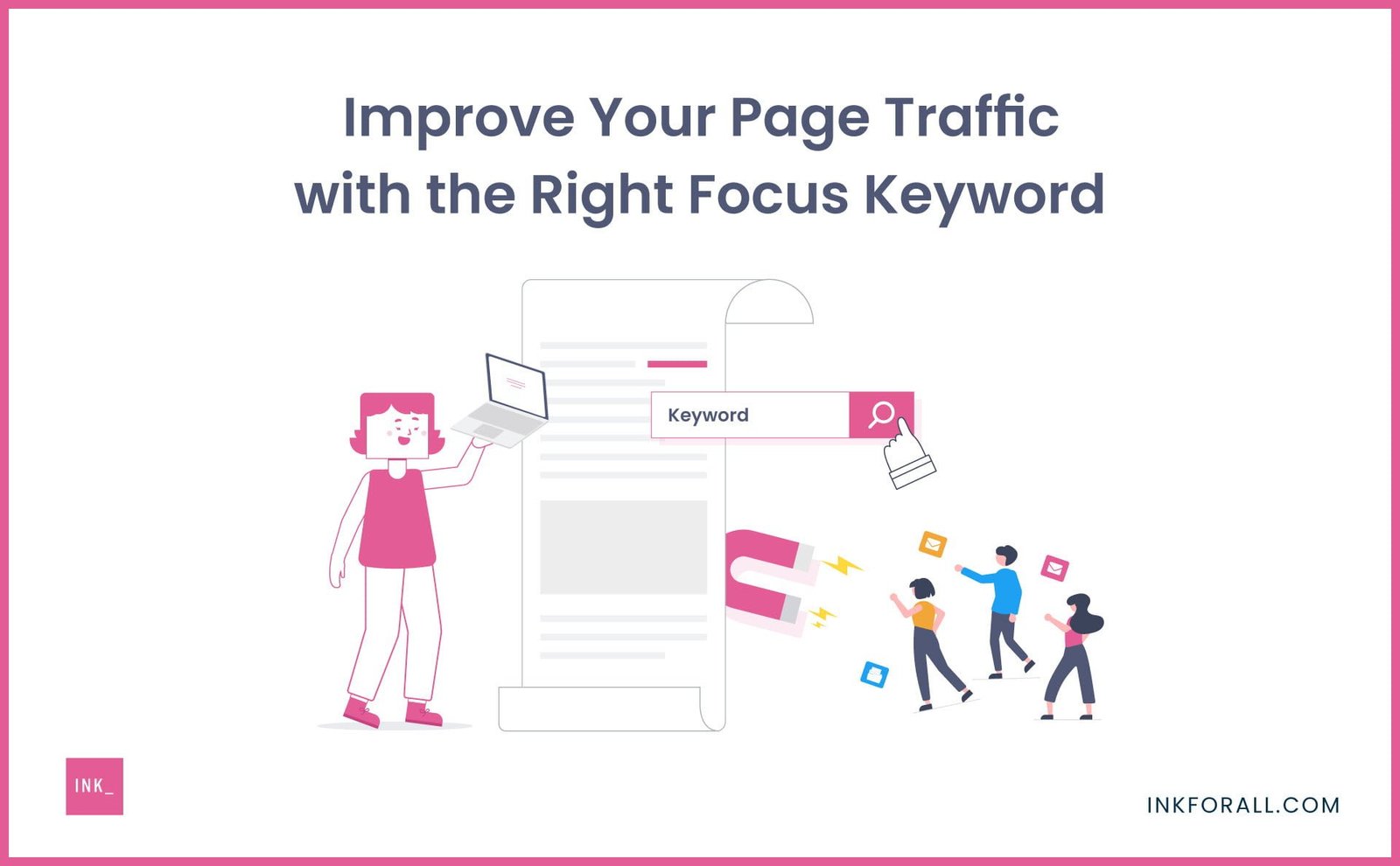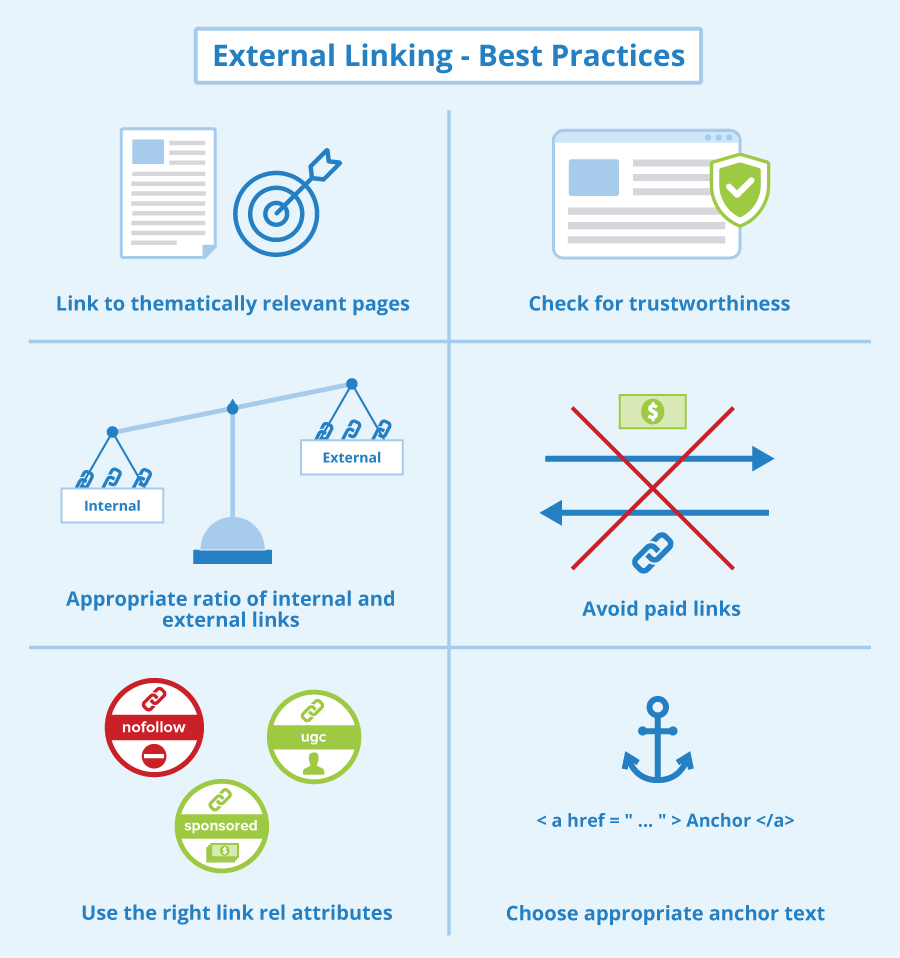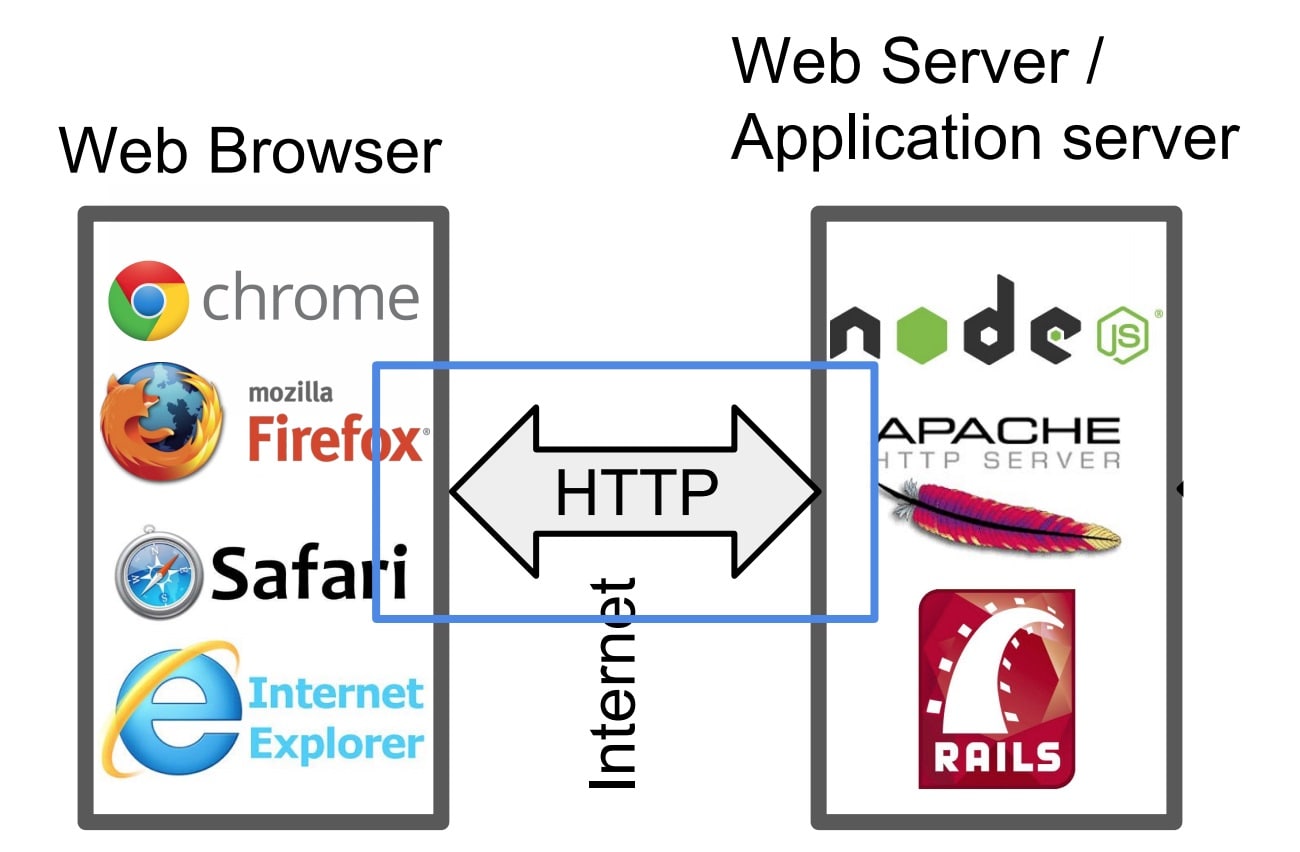
Maximizing Blog Visibility – A Guide to Effective Search Engine Optimization
In today’s digital era, the internet offers a world of information at our fingertips. Having a blog has emerged as a potent medium to share thoughts, expertise, and connect with a global audience. But, even if your blog is thought-provoking and exquisitely crafted, it might easily slip under the radar if it doesn’t feature prominently in search engine results. This is where the art and science of search engine optimization (SEO) come into play. SEO is all about refining your blog’s elements to secure a higher ranking in search engine results, thereby driving organic traffic to your website. This comprehensive guide delves into the intricate world of SEO, unveiling a spectrum of strategies to refine your blog for optimal visibility in search engines.
1. Keyword Research: The Cornerstone of SEO
Keywords are the cornerstone of SEO, serving as the bridge connecting users to their desired information. In-depth keyword research is crucial to pinpointing the most relevant and high-traffic keywords for your blog. Utilize tools like
SEMrush, or
to unearth keyword insights – evaluating search volume and competition. Aim for a blend of succinct short-tail and detailed long-tail keywords that seamlessly align with your blog’s content.

2. Crafting High-Quality Content: The Heart of It All
Search engines prioritize high-caliber content that caters to user needs. The key is crafting content that’s informative, meticulously researched, and enriching to your target audience. Long-form content often reigns supreme as it provides comprehensive insights into a subject. Structuring content with clear headings, subheadings, and bullet points enhances readability. It’s pivotal to integrate selected keywords naturally, sidestepping keyword stuffing which can attract penalties.
3. On-Page SEO: Optimizing Your Content for Impact
On-page SEO entails fine-tuning your content through a myriad of facets:
a. Crafting Captivating Title Tags and Meta Descriptions
Develop compelling, descriptive title tags and meta descriptions that aptly encapsulate your content’s essence. Including your target keyword in these elements elevates relevancy in search results. Succinctness and allure in these components encourage higher click-through rates.
b. Hierarchical Header Tags (H1, H2, H3, etc.)
Employ header tags to structure content, facilitating comprehension for both readers and search engines. The H1 tag should encompass your blog post’s primary title, while H2, H3, and subsequent tags can be utilized for subheadings. Seamlessly weave keywords into these headings.
c. Crafting a Cohesive URL Structure
Formulate clean, descriptive URLs for your blog posts. Integrating your primary keyword into the URL whenever feasible can positively influence search rankings. Elude lengthy, intricate URLs that could potentially confound both users and search engines.
d. Image Optimization: Striking the Balance
Images enhance the visual appeal of blog posts, but they also impact SEO. Optimize images by compressing them to minimize file size, subsequently ameliorating page load times. Furnish images with descriptive filenames and alt text, incorporating pertinent keywords when fitting.

4. Embracing a Mobile-Friendly, User-Centric Design
Given that the majority of online searches occur via mobile devices, nurturing a mobile-friendly website is imperative. Ensure your blog is responsive, adept at adapting to varied screen sizes. A positive user experience encompassing seamless navigation and brisk load times contributes to reduced bounce rates and heightened search rankings.
5. Page Load Speed: A Determinant of Success
Search engines bestow precedence on swift-loading websites, prioritizing user experience. Expedite page load times by compressing images, employing browser caching, and trimming down HTTP requests. Leverage Google’s PageSpeed Insights to identify areas necessitating enhancement.
6. Nurturing Internal and External Linking
Internal linking involves interconnecting various pages within your blog via hyperlinks. This enhances navigation and offers search engines insight into your website’s architecture. External linking to authoritative, pertinent sources augments the credibility of your content and could potentially pave the way for valuable backlinks.

7. Social Signals and Engagement: Amplifying Visibility
While social signals (such as likes, shares, and comments) might not wield a direct impact on search rankings, they wield the potential to influence your blog’s visibility. Engaging content is more likely to be shared, thereby broadening its reach and potentially attracting additional backlinks, which substantially impact rankings.
8. Keeping Content Fresh and Regular Updates
Search engines favor websites that consistently churn out new, pertinent content. Regularly infuse your blog with fresh posts or revamp existing ones to mirror the latest insights. This not only fosters engaged readers but also signals to search engines the vibrancy and relevance of your website.
9. Crafting a Secure, Accessible Website with HTTPS
Website security is paramount for instilling user trust and propelling search rankings. Transitioning your website to HTTPS, which encrypts data transmission between the user’s browser and the server, holds immense importance. Search engines view secure websites more favorably, enhancing your blog’s credibility.
10. Enabling Analytics and Vigilant Monitoring
Implement tools like Google Analytics and Google Search Console to vigilantly monitor your blog’s performance. Track pivotal metrics like organic traffic, click-through rates, and bounce rates. In analyzing this data, unearth insights into what’s efficacious and where enhancements are requisite.
Conclusion: Navigating the SEO Odyssey
Steering your blog towards optimal search engine visibility demands a marriage of technical proficiency and prowess in content creation. This guide’s outlined strategies can undoubtedly augment your blog’s presence in search engine outcomes, rallying a more extensive readership and solidifying your online footprint. Remember, SEO is a dynamic, ongoing voyage necessitating persistent adaptability to shifting search algorithms and user inclinations. With resolve and the right methodology, your blog holds the potential to morph into an invaluable hub that secures high rankings while delivering unparalleled value to readers spanning the globe.








Leave a Comment